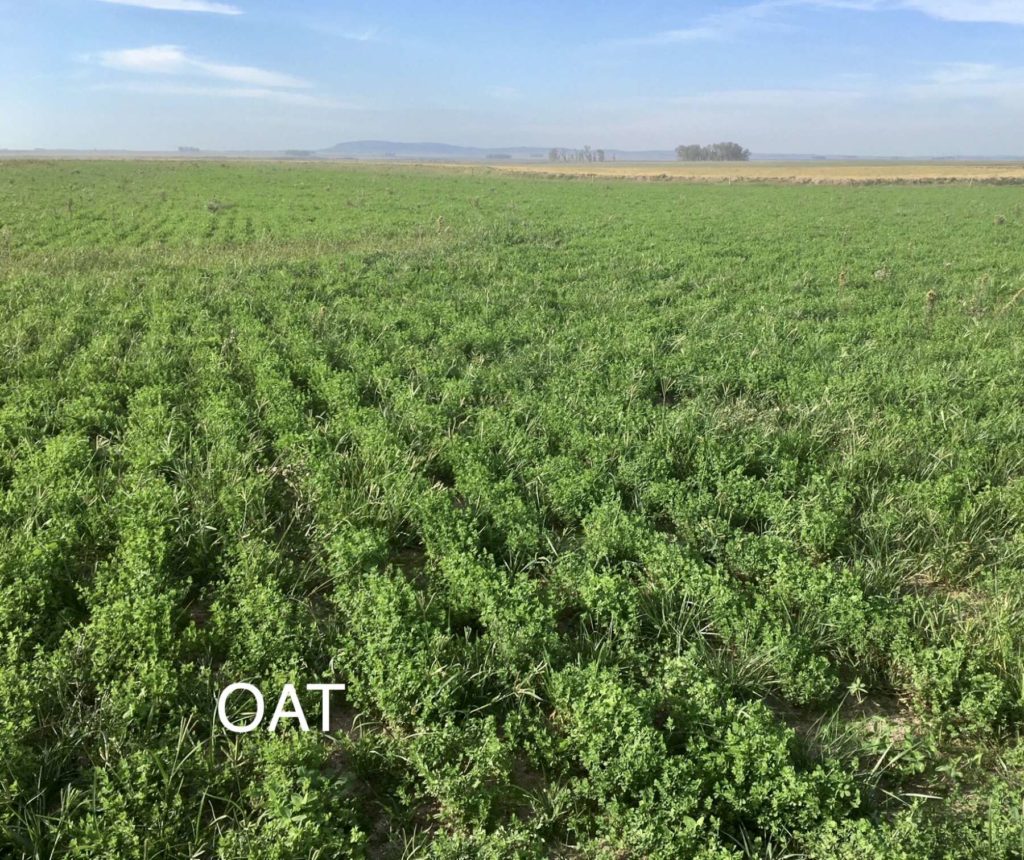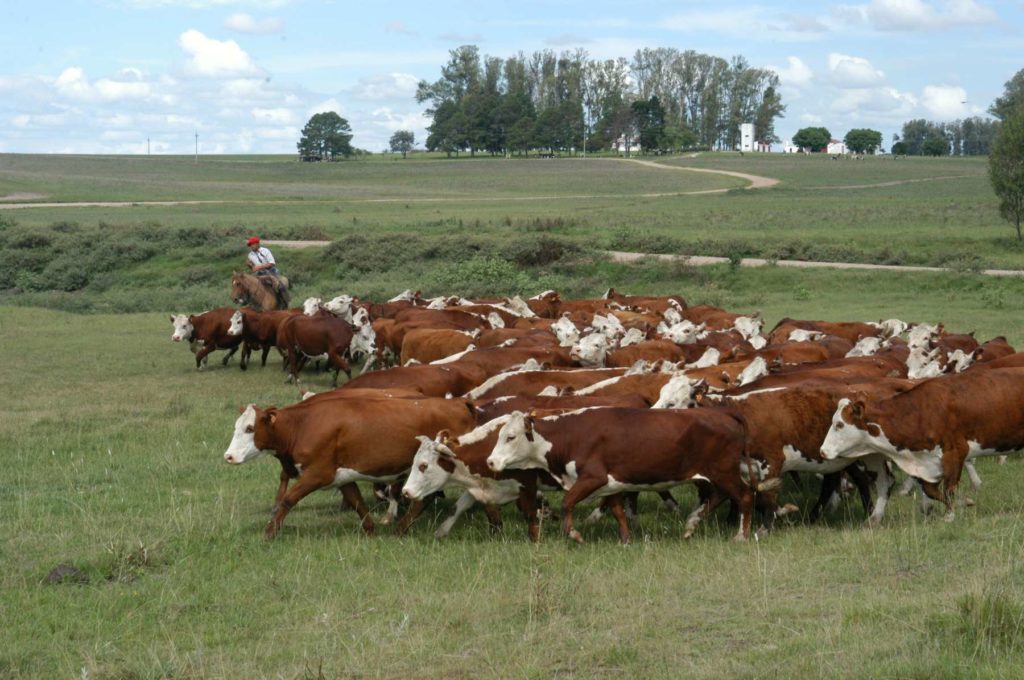The farm is recovering more rapidly than foreseen from the recent drought, but the damage is done for this campaign.

To restore healthy pastures as quickly as possible, we concentrate on protecting existing plants and encouraging new plants. You can see OAT and Ray-grass planted 3 months ago which have developed properly.


Summer crops (Soybean & Sorghum): Harvest of both crops is now completed. Soy plants were the most affected by the drought since this crop is a large water consumer. The most important times for soybean plants to have adequate water are during pod development and seed fill, and water was then lacking as previously detailed. As a result, we get 1,25 t/ha (equivalent to the nationwide soybean yield estimated by the D.I.E.A.) vs 2,5 t/ha budgeted for the 710 ha sowed – some plots registering 600 kg/ha while others 1,7 t/ha.

Sorghum yields were less affected as we registered 4 t/ha vs 4,5 t/ha budgeted.
Cattle activities (4,065 heads): Because drought weakens plants and amplifies the effects of grazing, we have limit the time that animals spend on each pasture and supplemented the herd with silage and corn. As a result, beef production has also been affected by the drought but to a lesser extent than expected given the intensity of the drought faced.

In addition, we are in the process to increase the stocking rate of animals, mainly with cows in order to get more calves in the future. The male calves are going to be sold with 210 to 230 kg and we must compensate those with bellies. Once the number of bellies will be stabilized, we will increase meat production.

Between autumn and spring services, 2,000 bellies are going to be at work. Next year, our objective is to have around 2,400 bellies if climate conditions remain favourable (no floods in particular).

